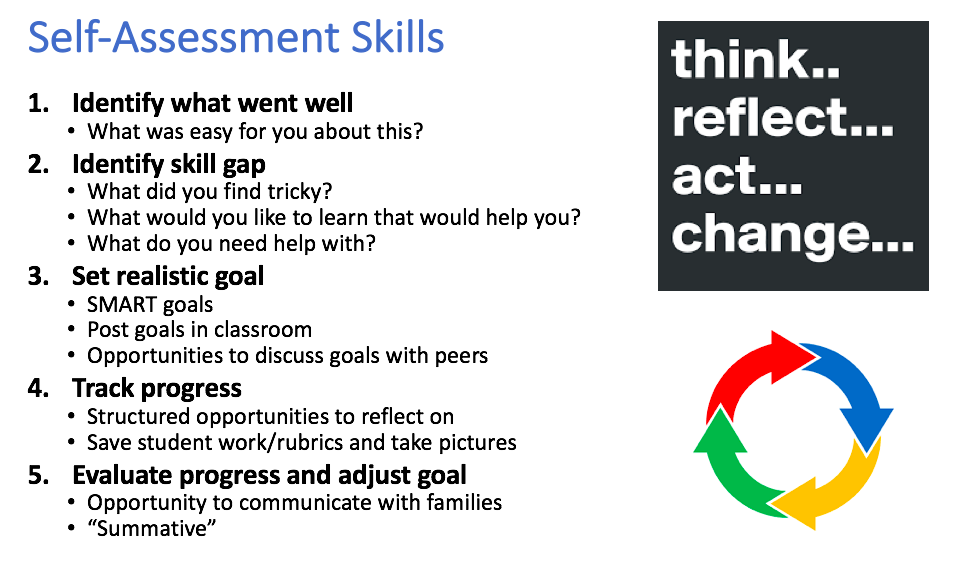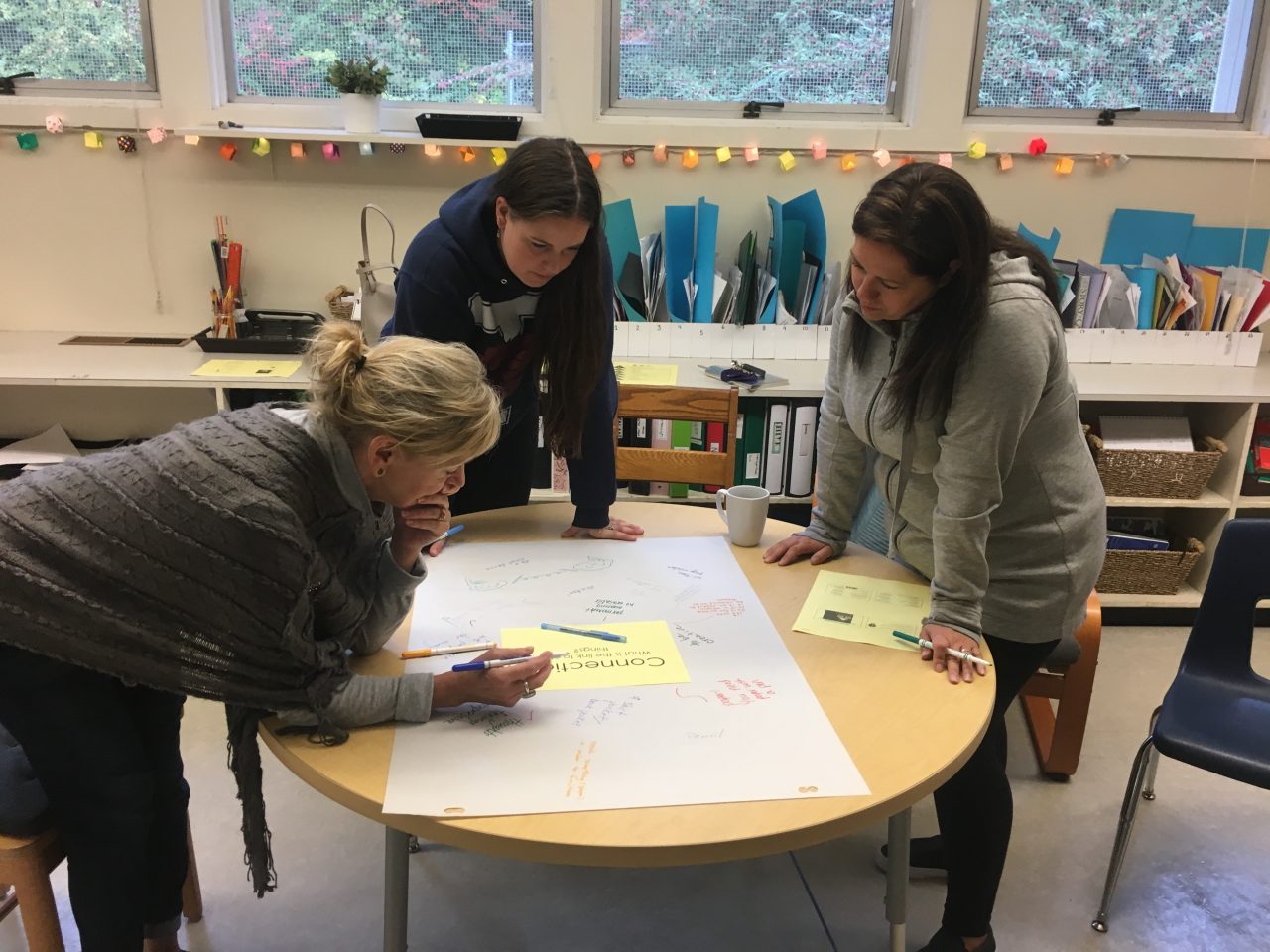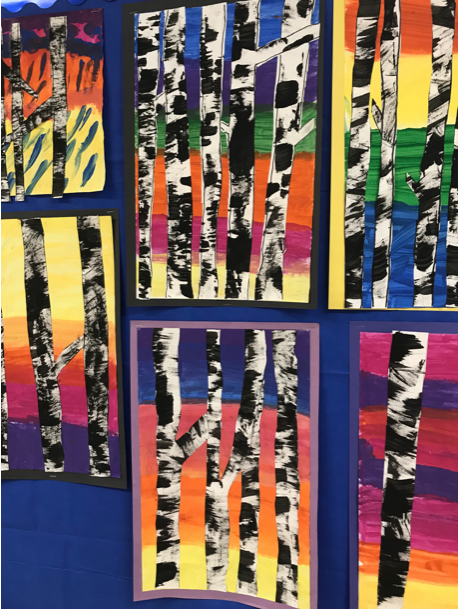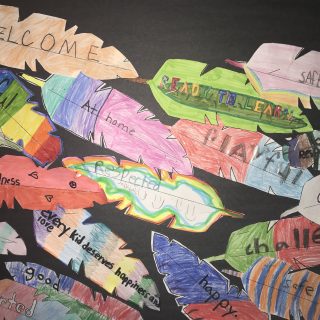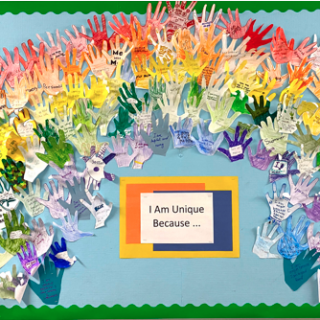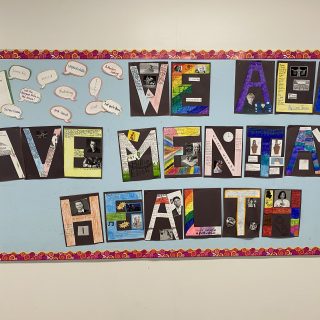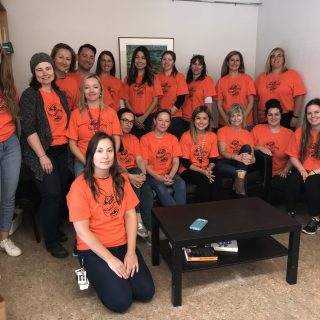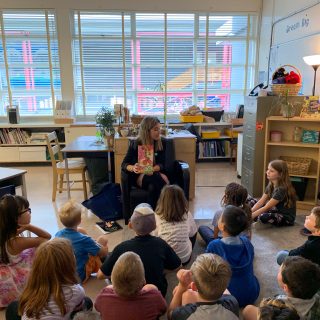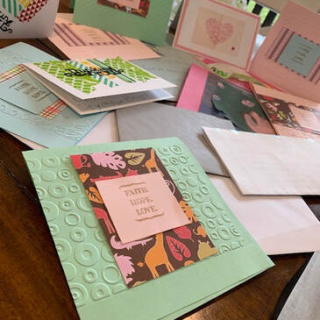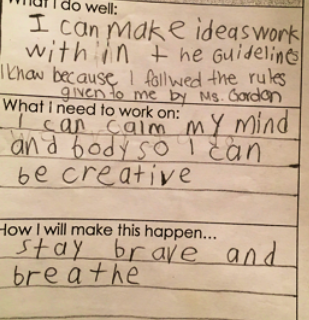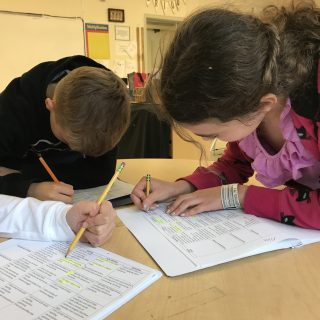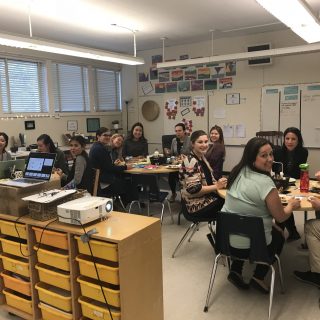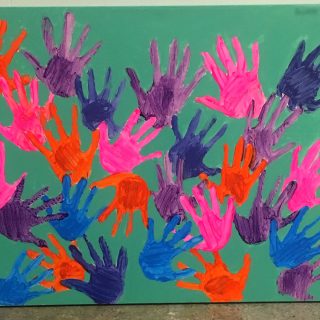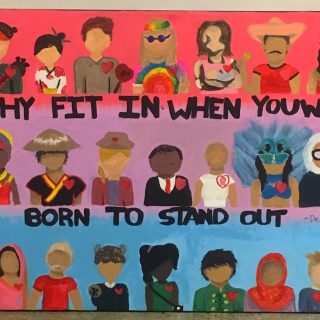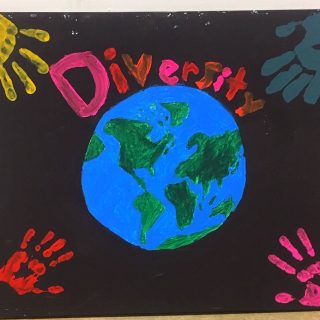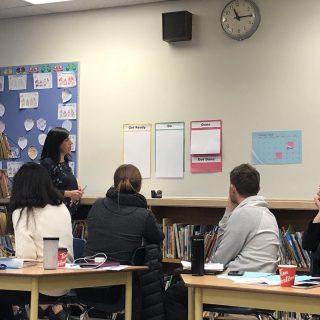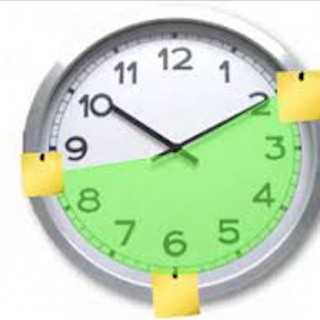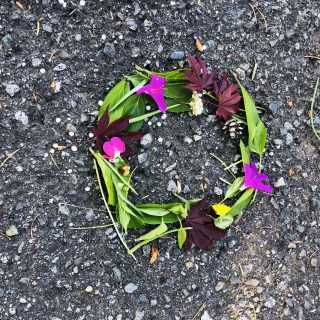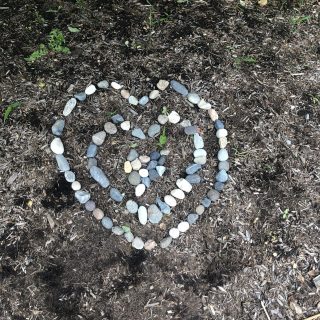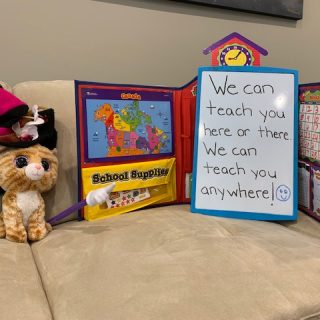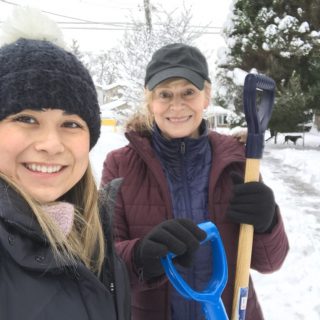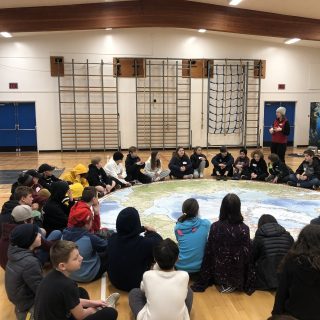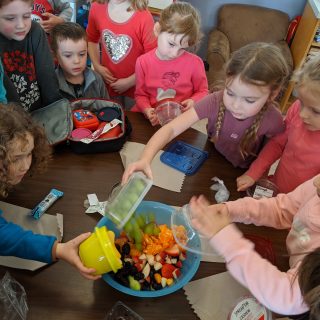Vision to Goal Setting
What is our Vision for Learning?
At Seymour Heights, our overarching goal is to honour diversity. This goal encompasses the reality of what it means to be human. We have numerous similarities and differences and, at Seymour Heights, this is exemplified in the ways that students experience and respond to their learning. All our staff join with students in helping them to understand how they learn best and develop strategies to assist them in becoming lifelong learners.
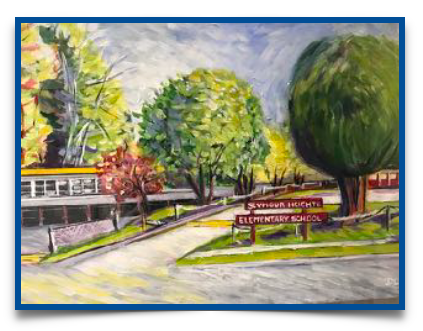
We value respect, responsibility, trust and collaboration.
Our Guiding Beliefs
Meaningful learning happens when …
All members of our learning community model and support our shared values of respect, responsibility, trust, and collaboration.
The learning community is calm and welcoming.
Inclusion is practiced and we respect each other’s differences.
Our Vision Statement
We believe …
Seymour Heights Elementary School provides meaningful learning experiences for all students, based on a culture of individual and collective success.
School Goals
Goal 1: Social Emotional Learning is valued and intentionally taught.
Goal 2: Diversity is honoured.
Goal 3: Meaningful assessment is practised and ongoing feedback is provided.
Planning & Implementation
What is our Action Plan?
Using the “Appreciative Inquiry Model” we identified our strengths as a school and this led to our guiding beliefs. This ongoing process involving a number of stakeholders has resulted in the identification of three main goals along with strategies. As with any endeavour that intends to enhance the life experience for humans, our goals and plans will change over time.
School Goals
Goal 1:Social Emotional Learning is valued and intentionally taught.
Goal 2: Diversity is honoured.
Goal 3: Meaningful assessment is practiced and ongoing feedback is provided.
Goal 1: Social Emotional Learning is valued and intentionally taught.
Objective 1: For students to develop a sense of belonging at Seymour Heights.
Strategies:
- Students and their families greeted by staff at the door each morning.
- All members of Seymour Heights greet each other in the hallways
- Use of school-wide multi-age groups to explore how we belong and how our uniqueness enriches our school
- School wide use of picture books to reinforce belonging for all
- School wide use of Second Step SEL program
- Use of student observation survey
- Regular reinforcement through announcements and classroom conversations on the belonging of all.
- “We are all Seymour Heights wolves!”
Objective 2: For students to understand self awareness and their impact on others.
Strategies:
- Deliberate use of shared language to help students identify their feelings.
- Purposeful teaching that how we feel impacts those around us.
- School wide use of Second Step SEL program.
- Regular use at assemblies, announcements and in classrooms around the attribute of our school mascot the wolf. Wolves are not self focused, they think about their pack.
Goal 2: Diversity is honoured.
Objective 1: Whole school community shares common understanding of diversity.
Strategies:
- Whole staff develops common understanding and definitions of diversity at Seymour Heights.
- Share with our school community.
Objective 2: Teaching to diversity is demonstrated in all classrooms.
Strategies:
- Provide opportunities for Learning Services Teacher to meet with classroom teachers to discuss the ‘Teaching to Diversity’ checklist.
- Staff collaboration to share their successes and challenges in reaching all learners.
- Regular support, guidance and co-teaching with NVSD Indigenous Resource Team.
- Provide students with opportunities to learn in a variety of work spaces.
- Access community members as guest speakers.
Objective 3: All members of Seymour Heights belong in our learning community.
Strategies:
- Students and their families greeted by staff at the door each morning.
- Use of personal passion projects to highlight individuality.
- Use of student voice and dialogue.
- Increase opportunities for student participation in clubs to build a sense of community within and outside of our building.
Goal 3: Meaningful assessment is practiced and ongoing feedback is provided.
Objective 1: Differentiated assessment practices are used in all classrooms to support individual learners.
Strategies:
- Appreciative inquiry activity around staff understanding and practice of diverse assessment.
- Professional development around differentiated and meaningful assessment.
- Yearplan review and reflection through the lens of differentiated assessment.
- Opportunities to work in teams.
- Use of expertise from Learning Services.
- Teachers and teacher leaders.
- Use of case studies to plan meaningful and diverse assessment practices.
Objective 2: Students are active participants in their own learning and understand themselves as learners.
Strategies:
- Understand the value of student self assessment.
- Evaluate research around learning styles.
- Understand the impact of student voice on learning.
- Professional development on assessment of core competencies with a focus on specific steps and strategies.
- Engage in school wide project to “Notice, Name and Nurture” strategies students can use to support their learning.
- Whole school use of Tool Box Program.
Monitor Evaluate & Adapt
What are our Indicators of Progress?
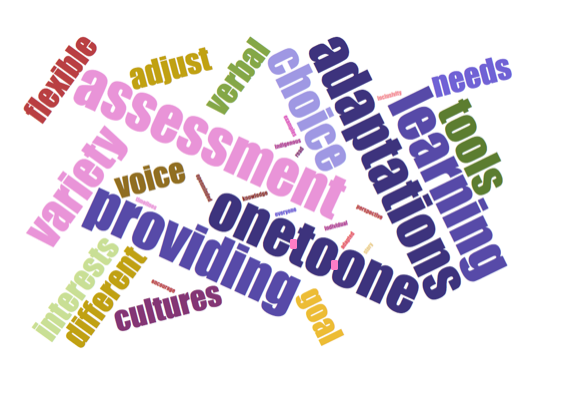
As with any meaningful plan, our goals and strategies will be monitored and evaluated on an on-going basis.
The indicators may include the following:
- Student voice through random sampling
- Survey
- Information from classroom teachers and specialists
- Photographic evidence
- Visual collection of understanding
Communicating Progress
How do we Communicate our Progress?
The school planning process is intended to support an ongoing dialogue within the community of learners promoting
understanding, respect, and shared values. Communicating the schoolâs vision, values, accomplishments, and future directions
enables dialogue.
An important feature to a Community of Learners is continual communication about what we value most. Progress will be found here. These indicators are exemplified in a variety of forms. Included are both past and current examples of progress.
Our Journey
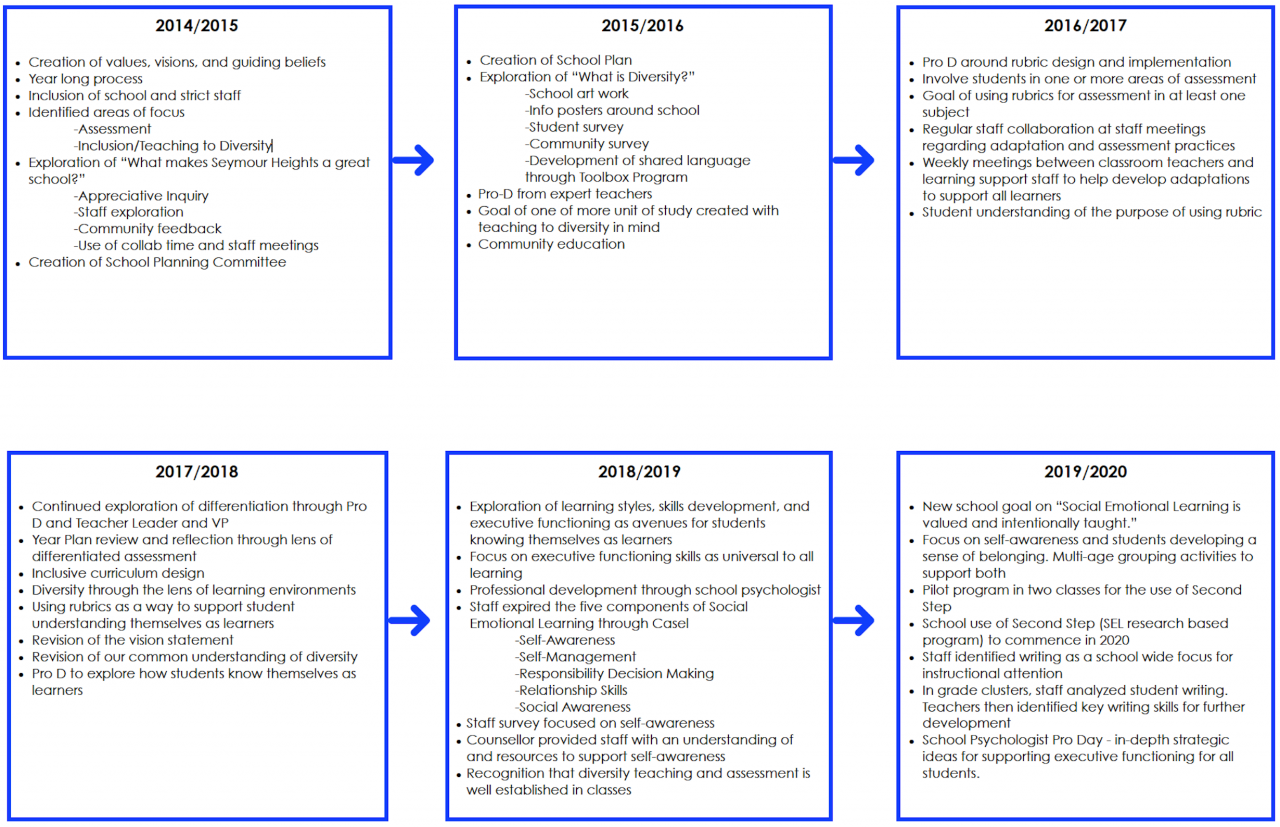
School Planning: Social Emotional Learning
Goal #1, Objective #1 ~ For students to develop a sense of belonging at Seymour Heights.
In addition to the picture evidence of school wide activities provided in the Planning and Implementation section, students participated in a survey. In multi aged partners, students were asked to walk about the school, discuss, and complete the following phrase:
We feel like we belong at Seymour Heights because:
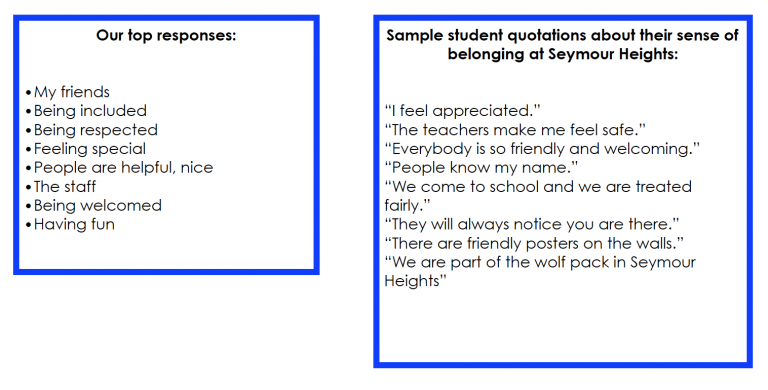
Goal #1, Objective #2 ~For students to understand self awareness and their impact on others.
During our Profession Development and Collaboration Days, staff have been learning about ways to support students with Executive Functioning. One of the strategies teacher have been implementing is the âReady, Do, Doneâ framework created by Sarah Ward, founder of Cognitive Connections in Concord, Massachusetts.
School Planning Progress: Diversity
Goal #2, Objective #1 ~ Whole School community shares common understanding of diversity.
As a school community we have achieved this objective through collaborative exercises and have developed the following statement.
Diversity is an intentional practice that respects different ways of being and knowing and that understands the interdependency of human beings.
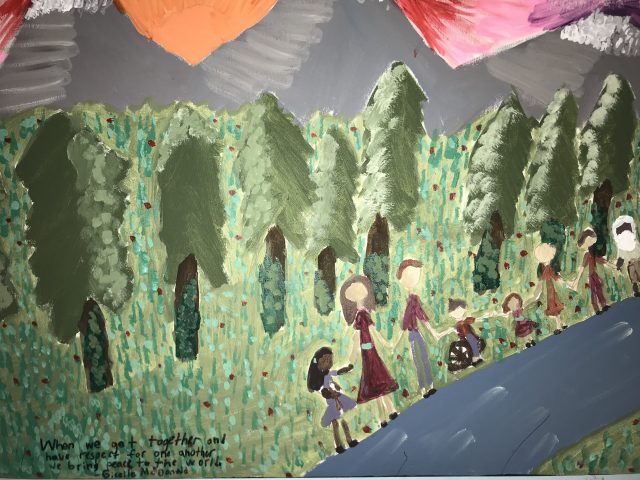
“When we get together and have respect for one another we bring peace to the world.” Â
Students participated in three school wide activities to promote a deeper understanding of diversity and its value to all of us.
Trudy’s Rock Story – each class read this story written by Trudy Spiller and reflected on learning from nature. In keeping with the story’s theme, we all painted rocks and will place these around the school.
Dumpsta Dragons Performance – the whole school enjoyed learning about instruments for around the world and examples of how we can make an instrument form almost anything!
Drum Workshop with Milton – students had the opportunity to learn about West African drums and our Grade 6/7s shared a performance that ended with a whole school conga line.
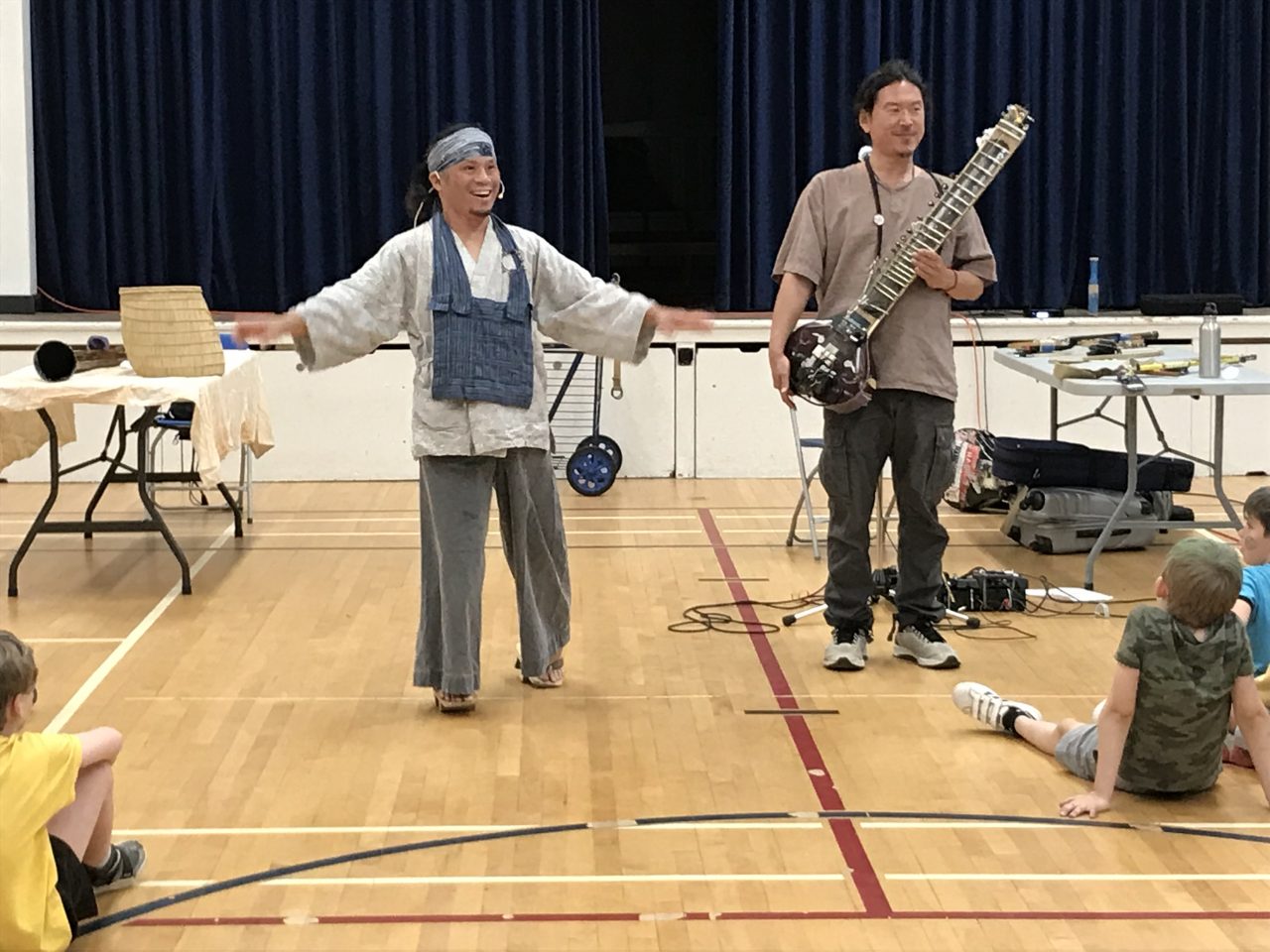
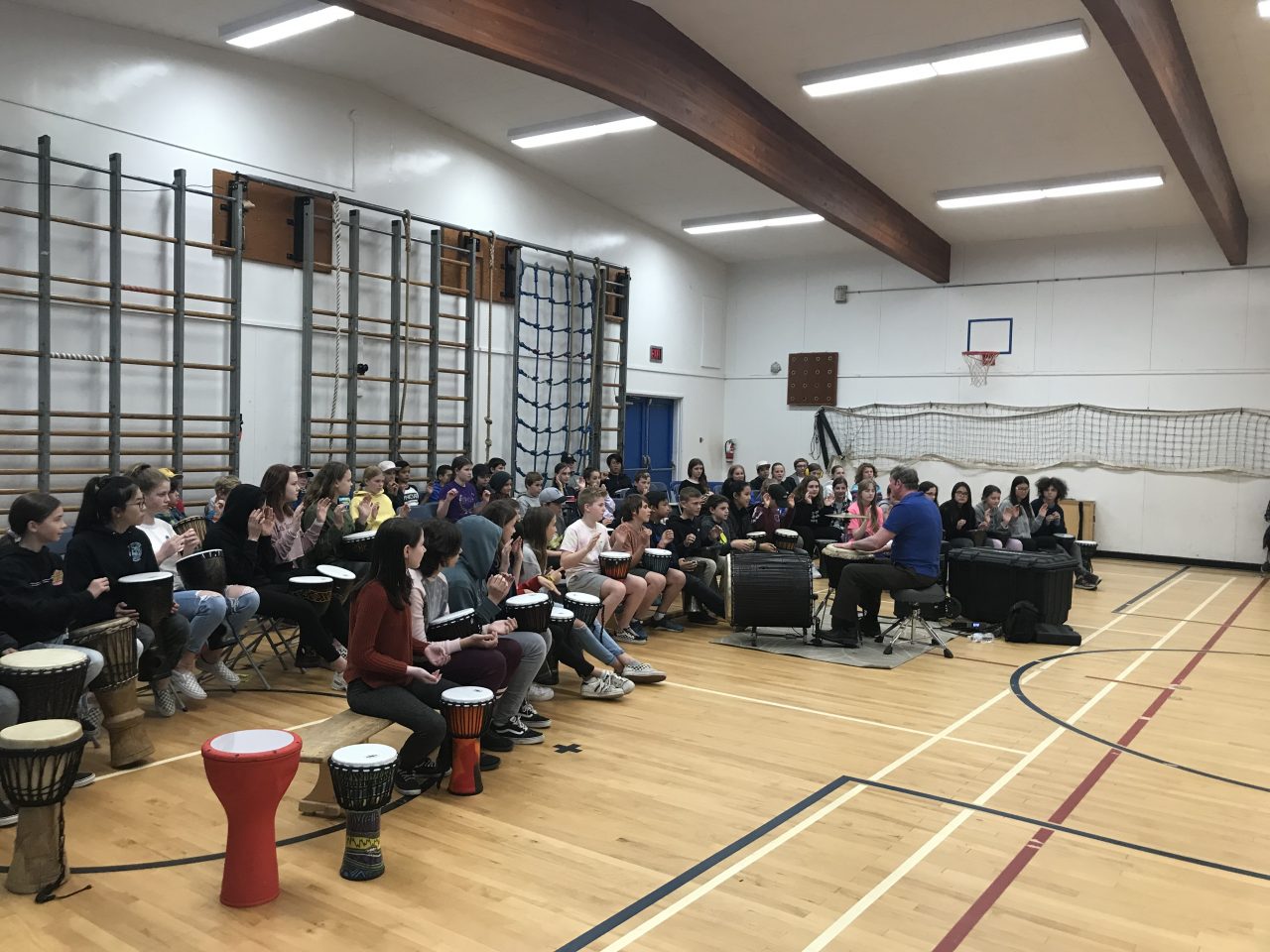
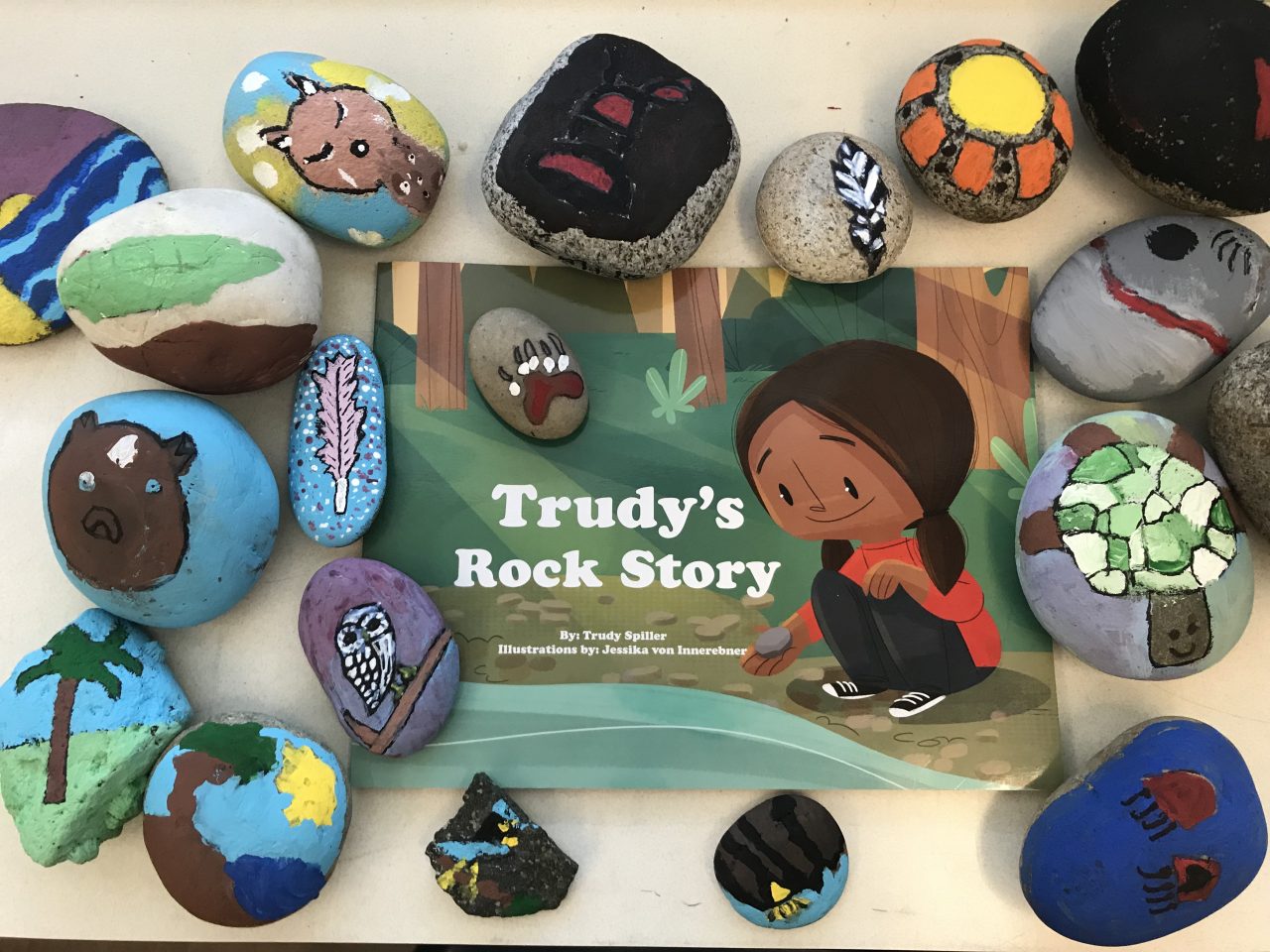
Goal #3, Objective #3 ~ All members of Seymour Heights belong to our learning community.
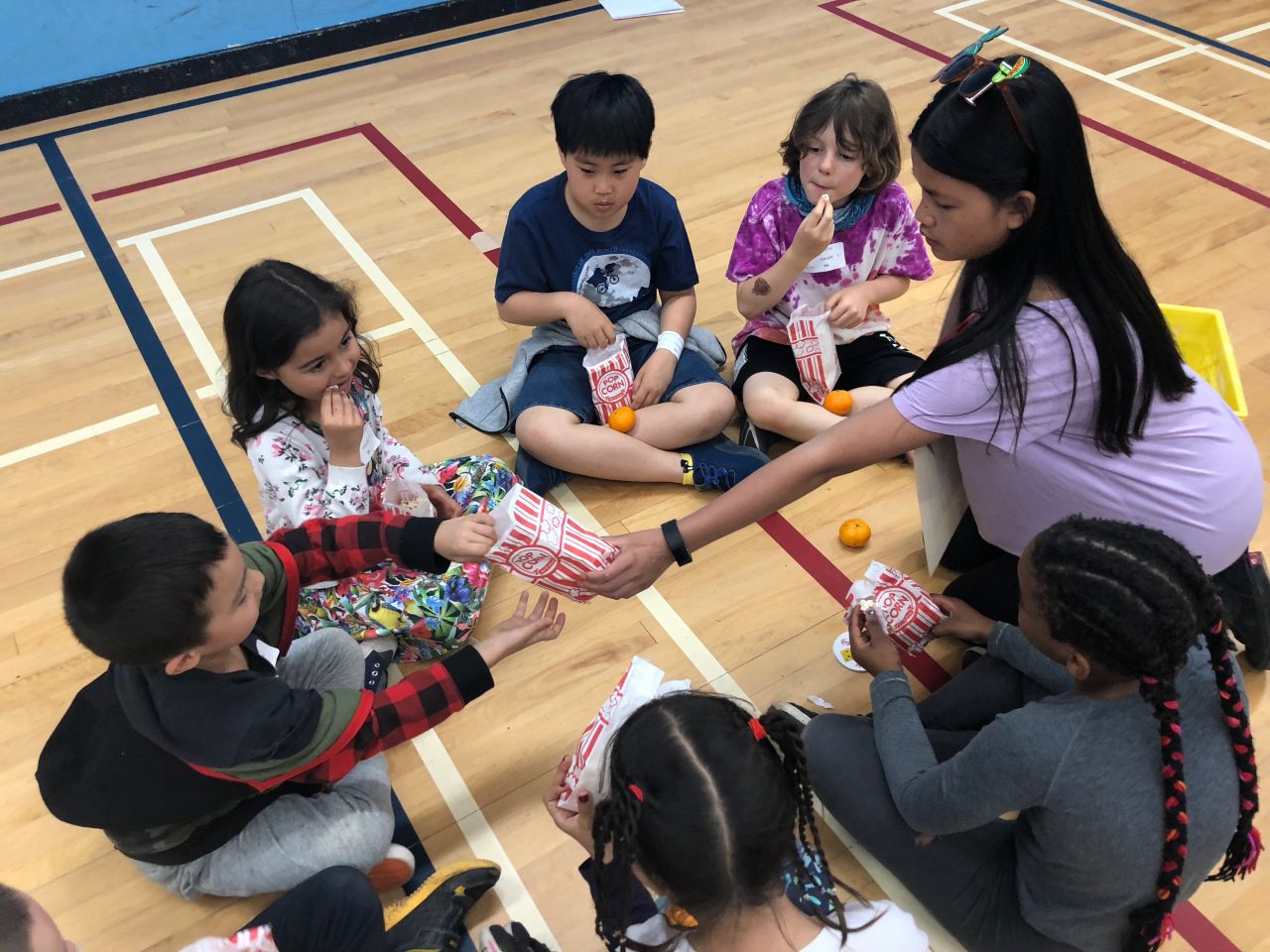
Fostering a sense of belonging requires that a learning community creates opportunities for students to express their interests and find ways to make meaningful connections with each other.
The following are a variety of examples where students from all age levels had the opportunity to come together to build community and know they have a place here at Seymour Heights.
- Community Picnic
- Buddy classes
- Parents as guest speakers
- Birthday compliment wall
- Student of the Month
- Birthday celebration announcements
- Christmas Around the World
- Personal choice projects
- Me to We Club
- Robotics Club
- KM Club
- Christmas concert with whole school participation
- Table tennis accessible to all
- Fun Day
- Grade 7 leadership in support of our younger learners
- Lunch Monitors
- National Indigenous Peoples Day celebrations
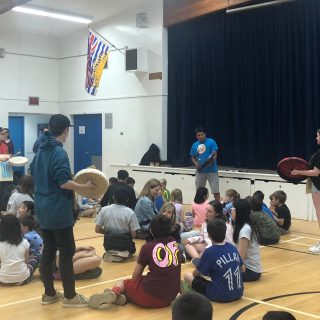
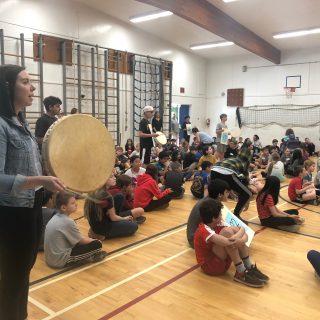
School Planning Progress: Teaching and Assessing for Diversity
Goal #3 Objective #1~ Differentiated assessment practices are used in all classrooms to support individual learners.
Goal # 2, Objective # 2 ~ Teaching to diversity is demonstrated in all classrooms.
Students and teachers continue to explore differentiated teaching and assessment methods to meet the needs of all learners. Some examples from this school year include:
- Peer assessment
- Self-assessment of the Core Competencies
- One-on-one conferencing
- Rubrics
- Students using iPad to record themselves sharing their understanding
- Scribe for students to support written output
- Students using technology to type rather than print written responses
- Building relationships with students to understand areas for celebration and areas for growth
- Checklists to guide student work
- Alternative seating in the classroom and other spaces
- Intentional teaching that we all learn differently and we can use tools to help us learn
- Providing sentence starters and frames for student use
School Planning Progress: Students Knowing Themselves as Learners
Goal# 3, Objective #2~ Students are active participants in their own learning and understand themselves as learners.
Students are continuing to participate in the self-reflective journey of knowing who they are as learners in the following ways:
- Self-reflection on assignments
- Alternative work spaces
- Purposeful use of the Toolbox Program
- Knowing when to ask for a break
- Requesting headphones to minimize sensory input
- Articulating self-advocacy by saying, “I need…”
- Use of the Kristen Jacobsen’s and Sarah Ward’s “Get Ready, Do, Done”
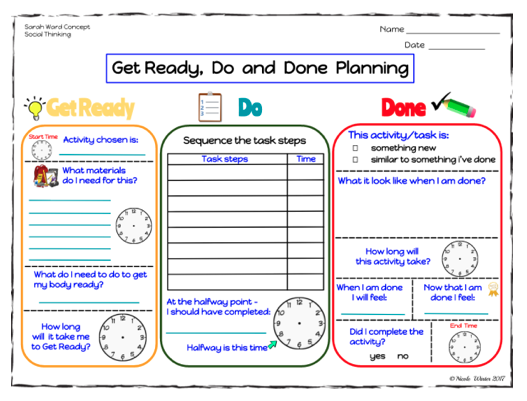
Latest Progress & Updates
Spring 2020
Together While Apart
During the suspension of in-class instruction, our school made a conscious effort to keep our sense of community and belonging alive. The natural art work was submitted by many students in a school wide focused activity inspired by the work of Andy Goldsworthy.
Our Kindergarten teachers provided a phrase in the style of Dr. Seuss to encourage our students that whether here or there … we can teach you anywhere! Staying connected with our students and families was a natural extension of our goal to create and foster a sense of belonging at Seymour Heights.
January 2020 ~ March 2020
December, 2019
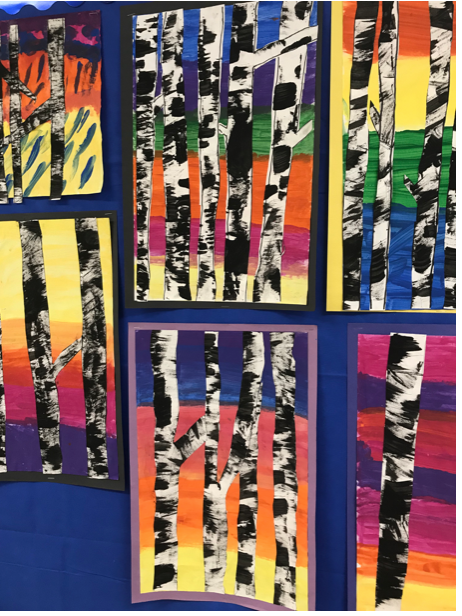
Belonging
These birch tress use a variety of textures, artistic processes and colours to achieve their beauty. Any of these techniques taken on their own would be attractive, but it is the variety of approaches and variance of colour that makes them stand out. These images make us appreciate how all the various parts create a unified piece of art that extends our thinking and experience.
So too is the deep value of diversity within our school community. We do not all experience life in the same way or think in the same way. Our cultures, skills, languages, traditions and families are unique. As we learn about and from one another, we create something new: an understanding that embraces variety and the beauty that exists when we seek to create belonging for all members of our school community. This remains one of our school goals.
November, 2019
 Self-Awareness
The study of perspective in these art pieces draw the viewer in to the picture. They encourage one to ask, “Where does the road lead?” “Where does this road begin?” “Who is travailing on it?”
Perspective is also an important skill in the social development of humans. Learning to try and understand the perspective of another person is invaluable. We teach our students to ask questions and get curious rather than jumping to quick judgements. Likewise, self awareness, knowing yourself and your impact on others, compliments our goals around Social / Emotional Learning for students. We teach these daily as they are life long skills which are vital to developing healthy relationships with others.
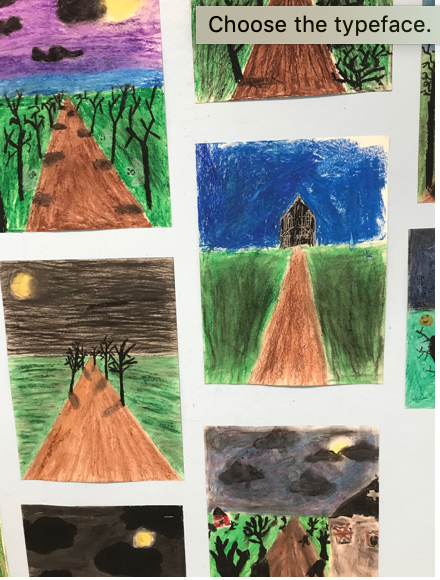
October, 2019
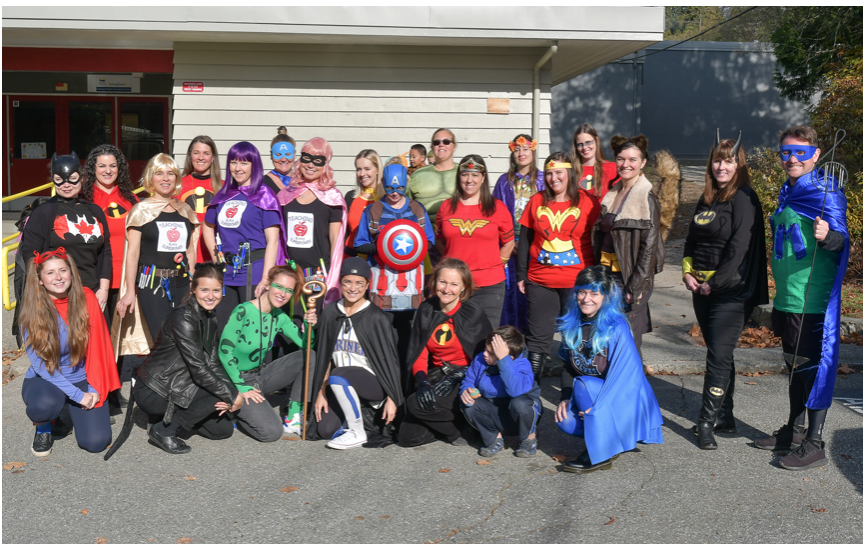
The staff not only work collaboratively together in the teaching of students, we enjoy having fun! A strong educational team is essential to creating community, belonging and relationships.
September, 2019
In the main hallway in the school you will see a wave of feathers; this photo is a small excerpt. Each one is titled and decorated by a child in our school. Each feather represents the thoughts of a student on how children should feel a school. This is an important understanding as we build community, belonging, and our commitment to diversity.
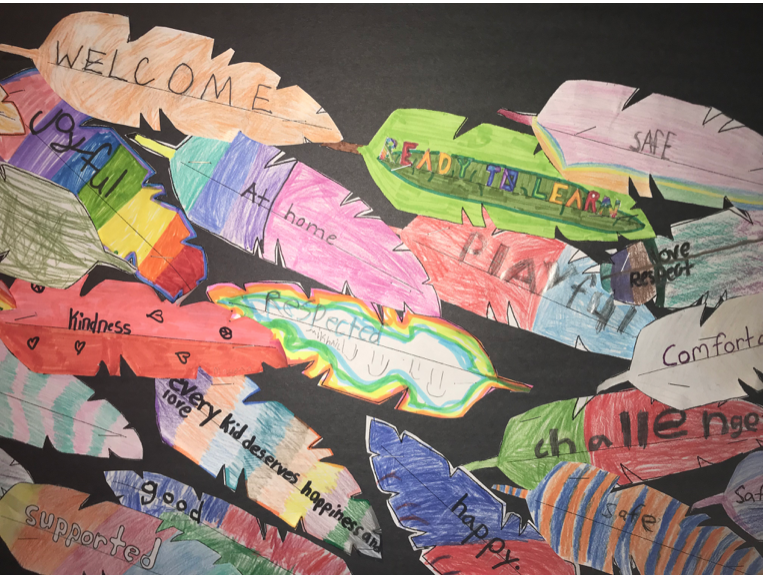
June, 2019
On Thursday, June 20th, we celebrated National Indigenous Peoples Day with an assembly, the friendship dance, and the whole community playing Slahal.
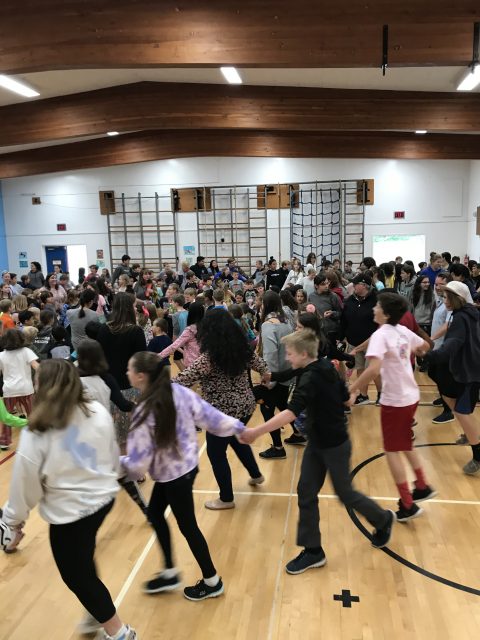
May, 2019
The Grade 7s raised $1305 for the Pad Project to support girls in developing nations. This was an exciting, student initiated action project.
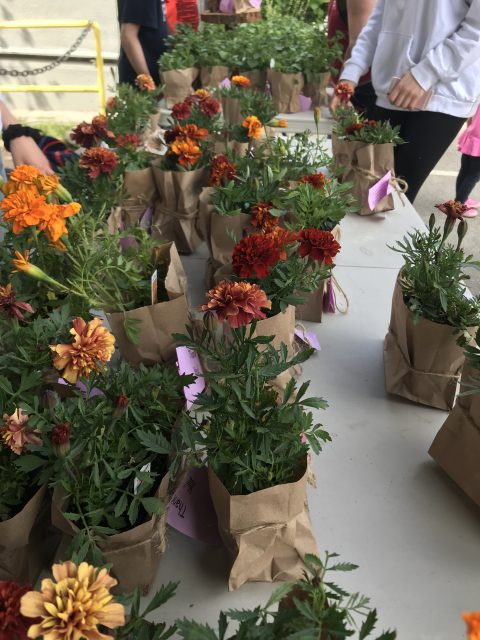
April, 2019
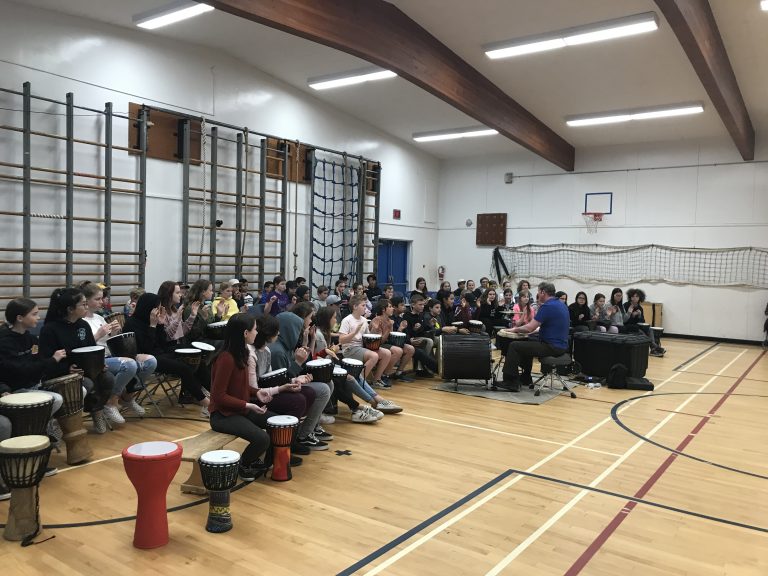
We all enjoyed a drumming workshop from Milton at Groove Masters Percussion. We learned about West African drums and got a chance to share our learning with the school.
March, 2019
The choir performed at the NVSD Choir Festival at Centennial Theater.
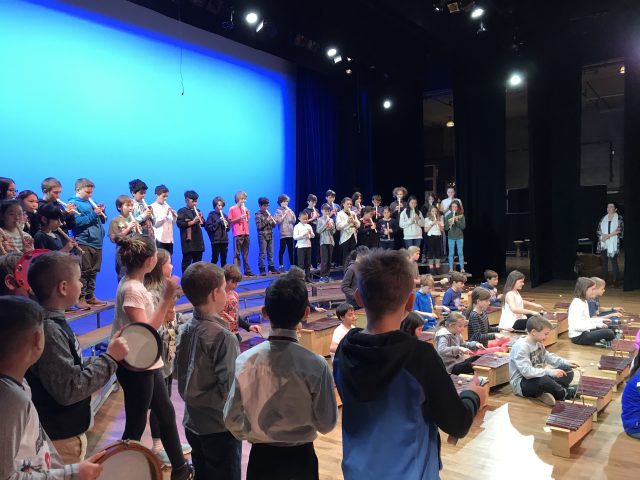
February, 2019
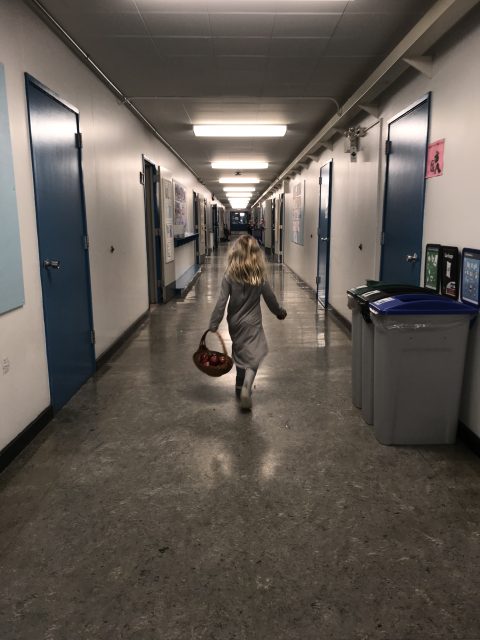
We all benefit from the Fruit and Vegetable program and students are excited to try new things!
January, 2019
Enjoying table tennis as a whole school.
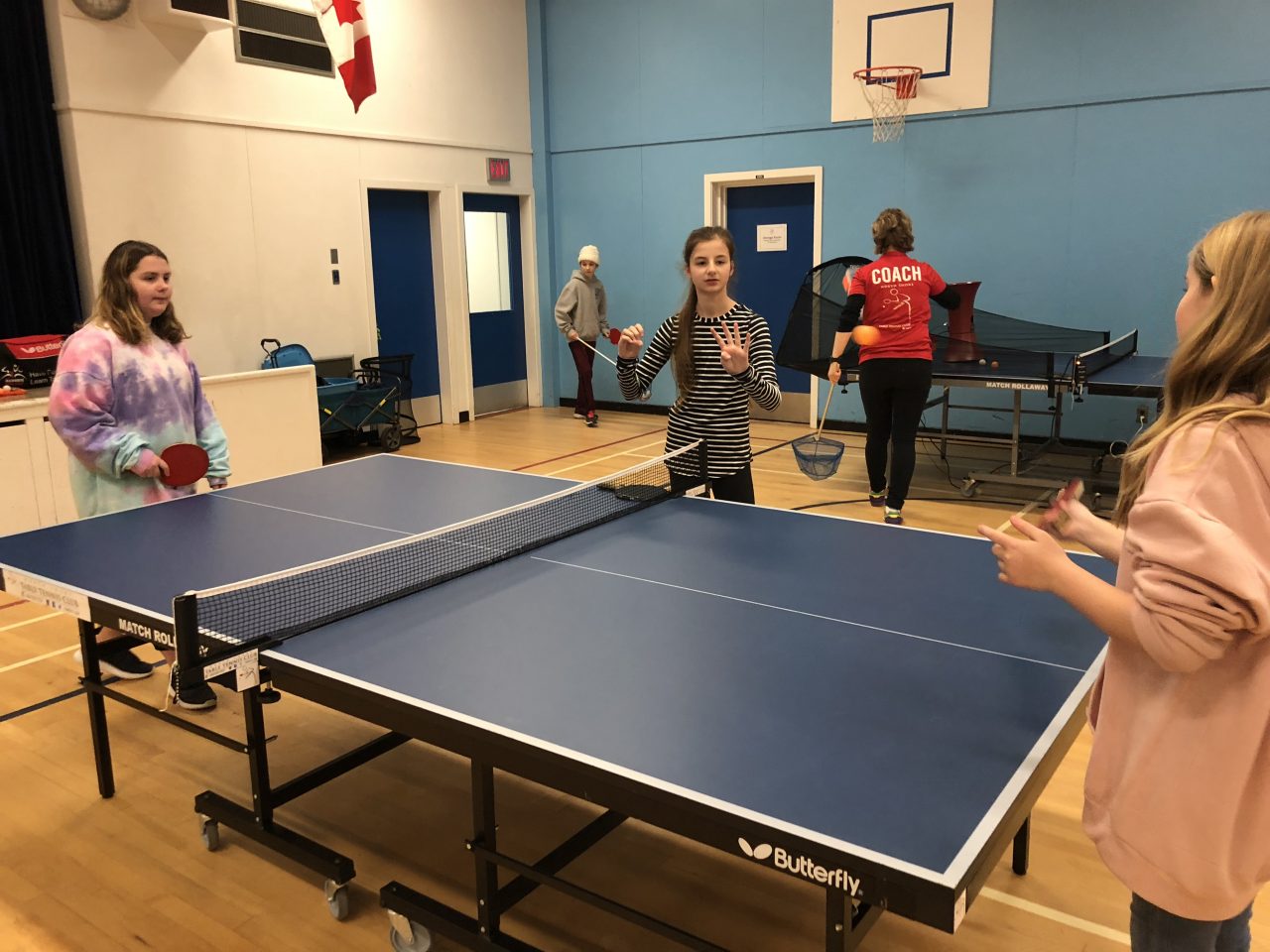
December, 2018
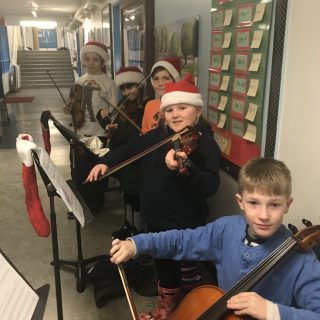
Strings students serenading us in the hallway before their Winter Concert.
November, 2018
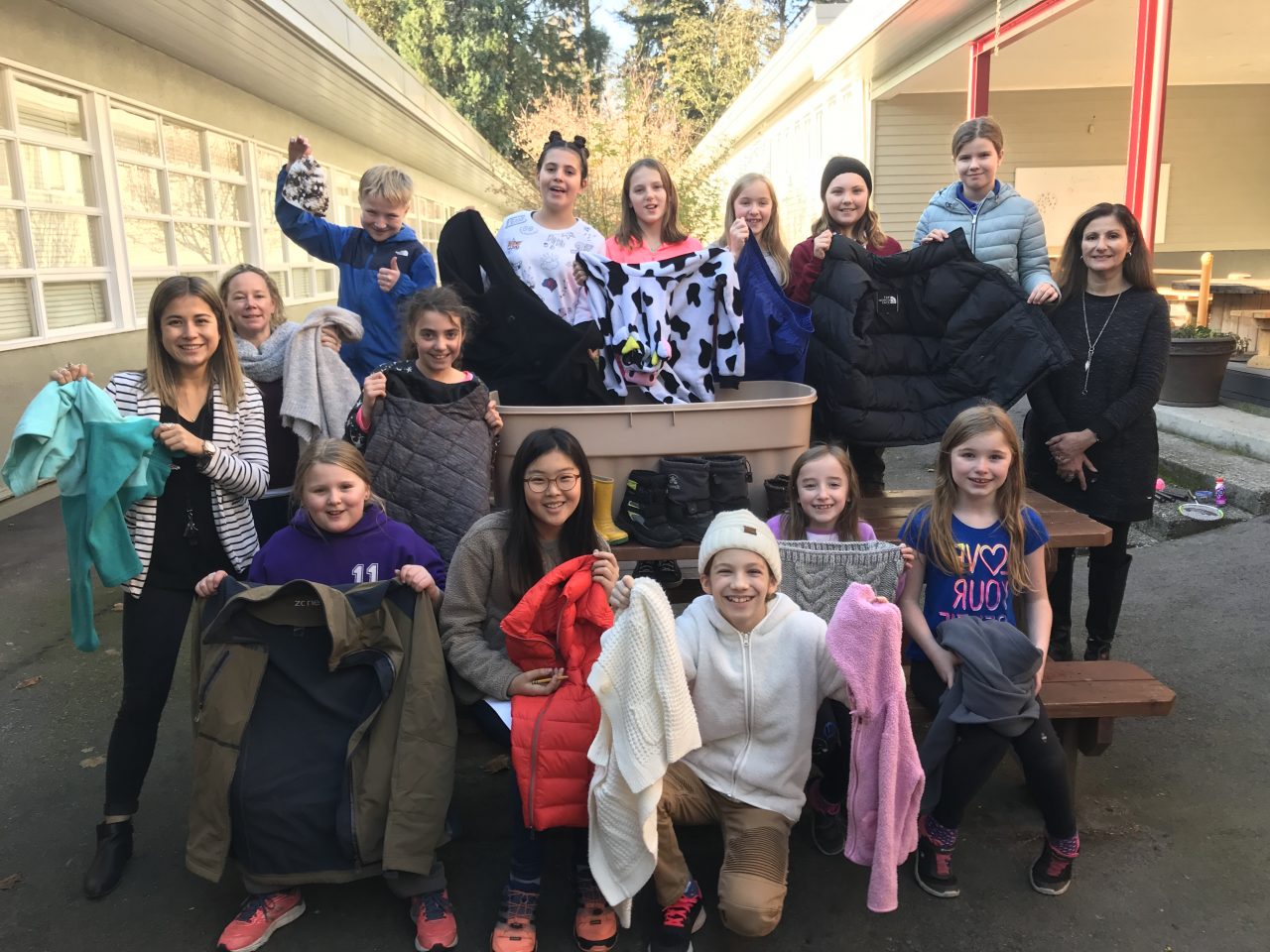
Students in our Me to We Club work together to collect warm clothing to support the diverse needs of extended community members through ‘Homeless on Hastings’.
October, 2018
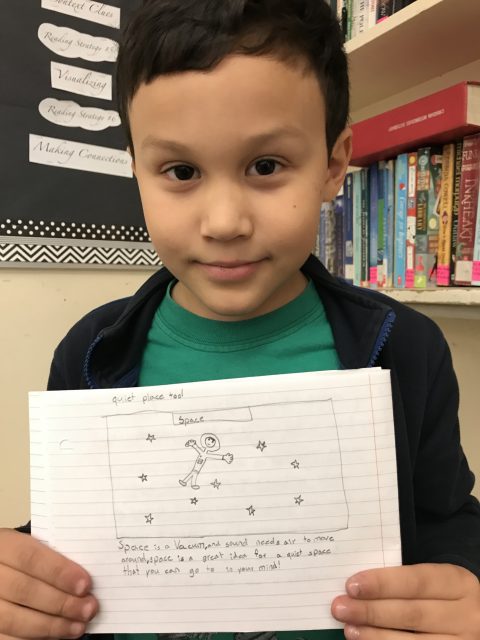
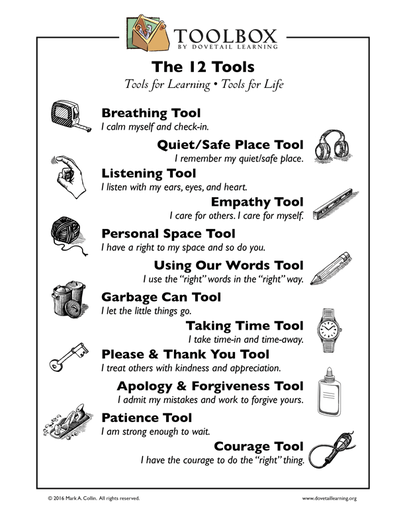
The Toolbox is a program that supports children in understanding and managing their own emotions, social, and academic success. We use this as a part of students knowing themselves as learners.
September, 2018
